Tungsten Wire Manufacturing Process
- Details
- Category: Tungsten Information
- Published on Wednesday, 13 August 2025 16:30
- Written by Zhenghua
- Hits: 13
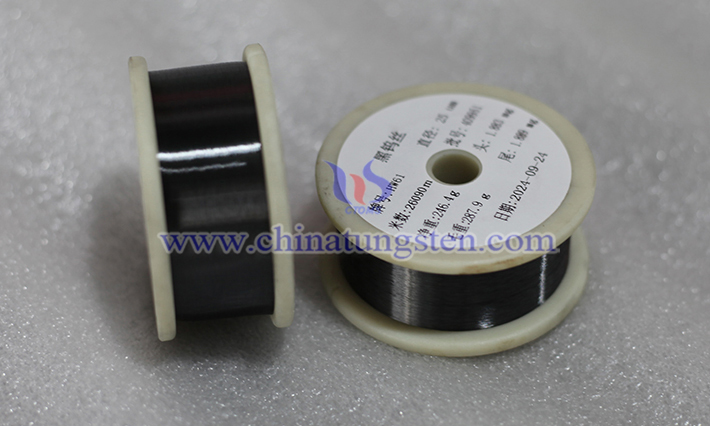
Tungsten Wire Manufacturing Process:
1. Raw Material Preparation (Tungsten Powder Preparation)
Tungsten Ore Extraction: Tungsten trioxide (WO₃) or tungstate is extracted from tungsten ore (such as wolframite or scheelite).
The Discovery and History of Tungsten Wire
- Details
- Category: Tungsten Information
- Published on Wednesday, 13 August 2025 16:28
- Written by Zhenghua
- Hits: 12

The discovery and history of tungsten wires is a crucial chapter in the development of materials science and lighting technology, culminating in the efforts of numerous scientists and engineers.
Chemical and Physical Properties of Tungsten wire
- Details
- Category: Tungsten Information
- Published on Wednesday, 13 August 2025 16:25
- Written by Zhenghua
- Hits: 13
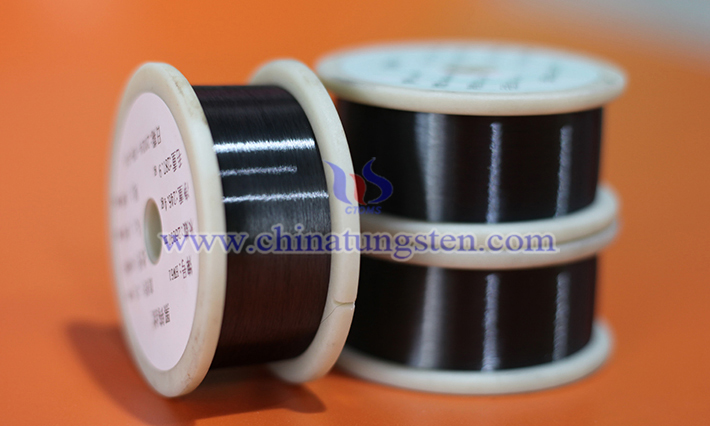
Tungsten wire's unique chemical and physical properties make it widely used in light bulbs, electronic devices, and high-temperature industrial applications.
Applications of Tungsten wire in High-Temperature Lighting Systems
- Details
- Category: Tungsten Information
- Published on Wednesday, 13 August 2025 16:23
- Written by Zhenghua
- Hits: 13
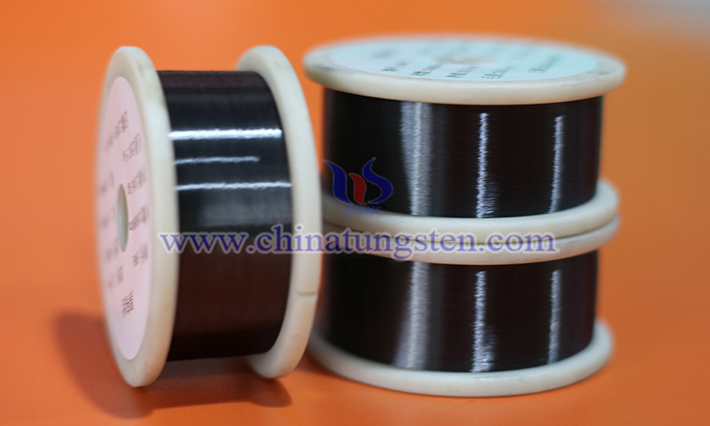
Although high-efficiency lighting technologies such as LEDs are gradually replacing traditional incandescent lamps, tungsten wire still holds irreplaceable advantages in high-temperature lighting systems due to its superior physical and chemical properties, particularly in incandescent lamps and certain specialty lighting equipment.
Tungsten Wire Applications in Professional Lighting Equipment
- Details
- Category: Tungsten Information
- Published on Wednesday, 13 August 2025 16:21
- Written by Zhenghua
- Hits: 13
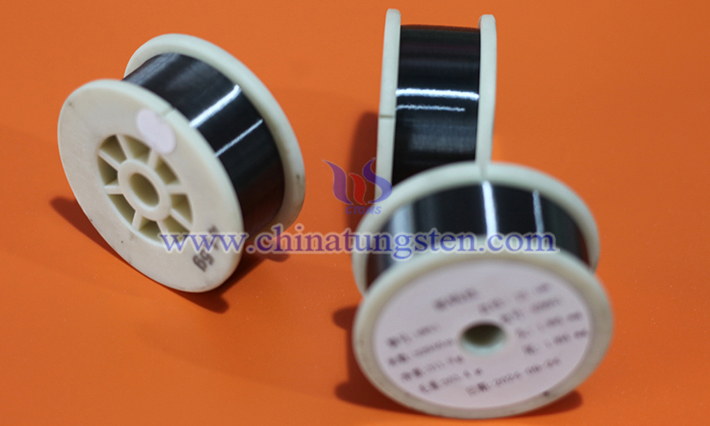
Tungsten wire has a wide range of applications in professional lighting equipment, especially in stage lighting, film and television shooting, photography studios, and medical lighting, due to its high melting point, high temperature resistance, and good electrical conductivity.
Role of Tungsten Wire in the Electric Lighting Industry
- Details
- Category: Tungsten Information
- Published on Wednesday, 13 August 2025 16:19
- Written by Zhenghua
- Hits: 10
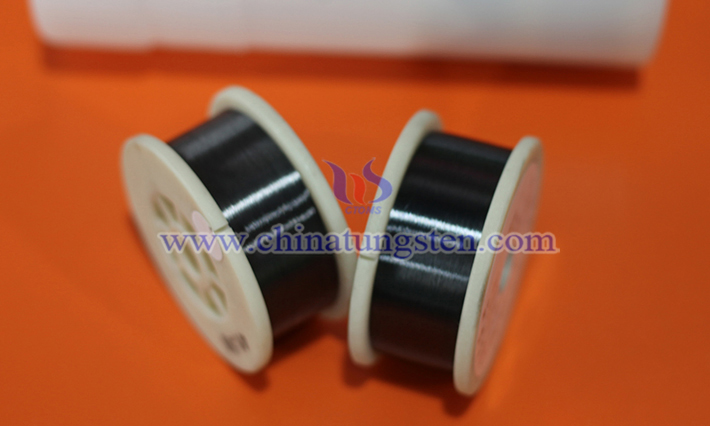
Tungsten wire, thanks to its high melting point, high-temperature resistance, and chemical stability, plays a crucial role in the electric lighting industry. From incandescent lamps to halogen lamps and then to specialty lighting, the use of tungsten wire has driven the advancement of lighting technology. Despite competition from emerging technologies, tungsten wire maintains its unique value in specific areas and has been a cornerstone of the century-long development of the electric lighting industry.
Uses of Tungsten Wire in High-Temperature, Low-Vapor-Pressure Environments
- Details
- Category: Tungsten Information
- Published on Wednesday, 13 August 2025 16:17
- Written by Zhenghua
- Hits: 14
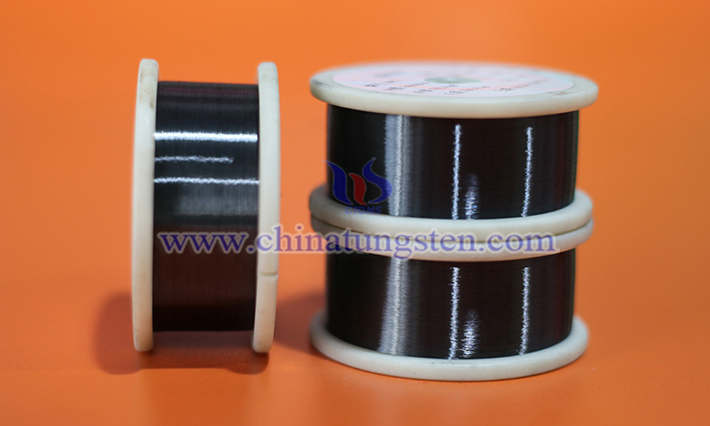
Tungsten wire's application in high-temperature, low-vapor-pressure environments is due to its high melting point, low vapor pressure, and excellent thermal stability and mechanical strength. From lighting to industrial heating to high-tech fields, tungsten wire plays an irreplaceable role in modern technology.
Tungsten Wire Applications in Professional Lighting
- Details
- Category: Tungsten Information
- Published on Wednesday, 13 August 2025 16:15
- Written by Zhenghua
- Hits: 11

The Widespread Application of Tungsten wire in Professional Lighting: Tungsten wire, with its high melting point, excellent luminous properties, and spectral characteristics, still holds a key position in professional lighting. Whether in stage, film and television, medical, or scientific research, tungsten wire lamps provide a reliable, high-quality light source to meet diverse professional needs. While technological advancements may gradually replace tungsten wire lamps in some fields, their unique advantages remain indispensable in certain scenarios.
Advantages of Tungsten wire as a High Melting Point Filament Material
- Details
- Category: Tungsten Information
- Published on Wednesday, 13 August 2025 15:52
- Written by Zhenghua
- Hits: 12
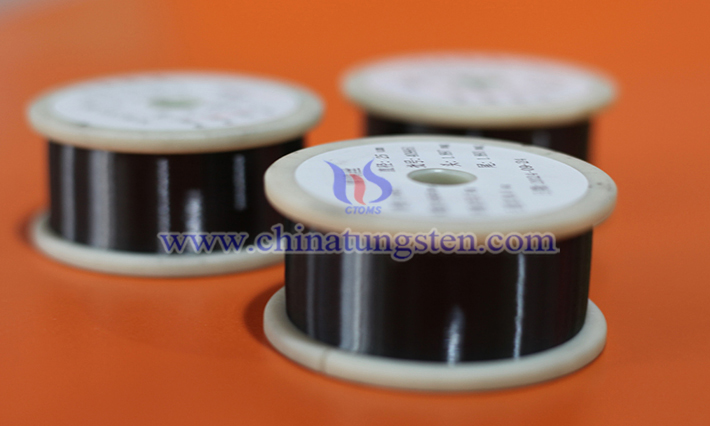
Tungsten wire, as a high melting point filament material, has significant advantages in the fields of lighting and electronic equipment, mainly reflected in its physical and chemical properties and performance in practical applications.
Creep Resistance of Tungsten Wire in High Temperature Environments
- Details
- Category: Tungsten Information
- Published on Wednesday, 13 August 2025 15:50
- Written by Zhenghua
- Hits: 6
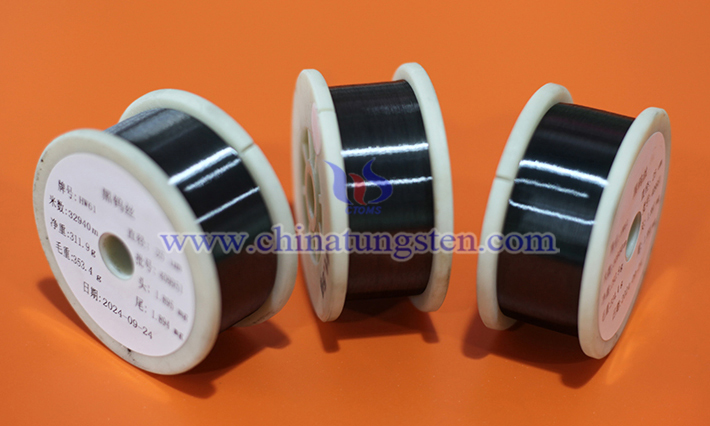
Tungsten wire, thanks to its high melting point, low creep rate, and crystal structure optimized by the doping process, exhibits excellent creep resistance in high temperature environments and is widely used in lighting, aerospace, and electronics.




 sales@chinatungsten.com
sales@chinatungsten.com